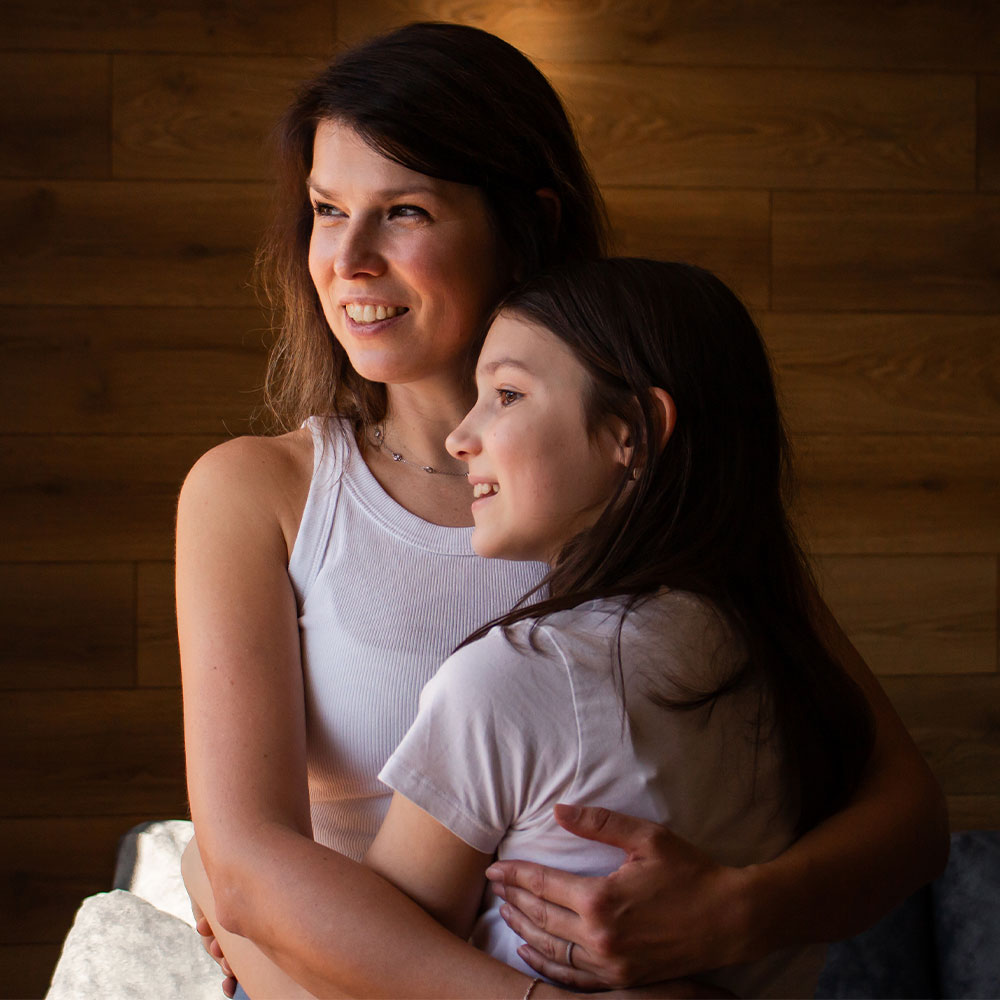Anxiety is the most common description to explain a set of symptoms that have physiological, cognitive and emotional disruptions in people’s lives. Although this overview has been written for parents to give a deeper understanding into what they are dealing with, when their children experience these symptoms, it is also an easy read to help anyone looking for easy-to-understand language and insights into this area of psychological distress.
What is anxiety?
One way of understanding anxiety is through the idea that all humans experience stress. There are dierent levels of stress, but not all stress is bad stress. We all need a small or moderate amount of stress to enable us, get the job done, increase our focus to a task and pull our resources together to be eective and productive. If we are “at” where our stress energy levels are too low, we are highly likely to be unproductive and not get much done.
As humans we are highly adaptive to our environment, which means we can usually access the “right” level of stress for the task at hand. For example, organising a birthday gathering with family will require lower levels of stress than organising a “zero” year birthday party with a larger number of guests and all the additional embellishments that is entailed at this next level. We are capable of doing both, but they will require different levels of energy.









